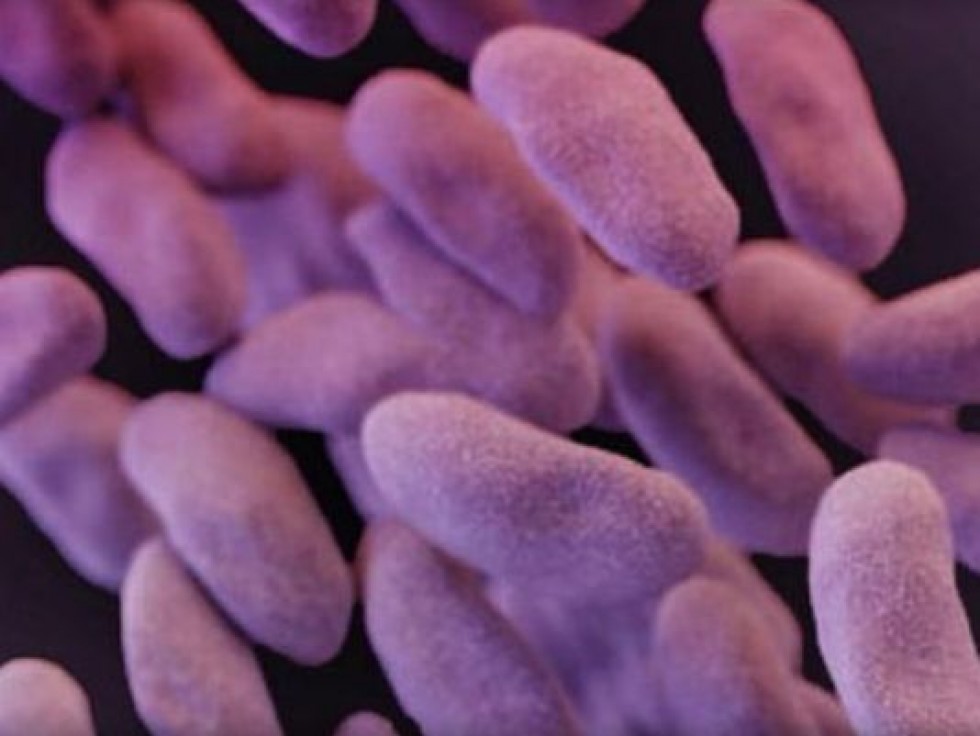 The United States Centers for Disease Control and Prevention have just revealed they are having trouble with a particularly dangerous and stubborn superbug which scientists have dubbed the “phantom menace.”
The United States Centers for Disease Control and Prevention have just revealed they are having trouble with a particularly dangerous and stubborn superbug which scientists have dubbed the “phantom menace.”
More and more of these continue to crop up, putting intense pressure on the medical industry to find new ways to safeguard us. This particular strain of superbug belongs to the bacterial family known simply as CRE. The CRE family of bacteria is especially hard to treat because these specimens are generally resistant to just about all antibiotics.
Unfortunately, CRE are also often deadly, killing nearly 50 percent of all patients who become infected. This bug—carbapenemases—is more dangerous than other, more common types of CRE, because it carries something called a plasmid. This is a “mobile” piece of DNA that has an enzyme which can actually dismantle antibiotics.
This bug is dangerous, though, because it also has the ability to transfer that plasmid to other, normal bacteria, which can mutate them into a superbug too.
“This is a tricky, drug-resistant bacteria and it isn’t easily found. What we’re seeing is an assault by the microbes on the last bastion of antibiotics,” explains CDC Director Tom Frieden.
Of course, since treating this bug is especially difficult the CDC has declared:
“Monitoring the emergence of carbapenemases is crucial to limiting their spread; identification of patients carrying carbapenemase-producing CRE should result in the institution of transmission-based precautions and enhanced environmental cleaning to prevent transmission.”
In its December 4th report, the agency remarks that the patients who have been found infected with this bacteria have been elderly, with a median age of 70 among the 35 reported cases. Furthermore, most had either traveled internationally or been hospitalized in another country (mostly India), which could be very relevant (meaning that, at least for now, we might be able to localize the threat).
